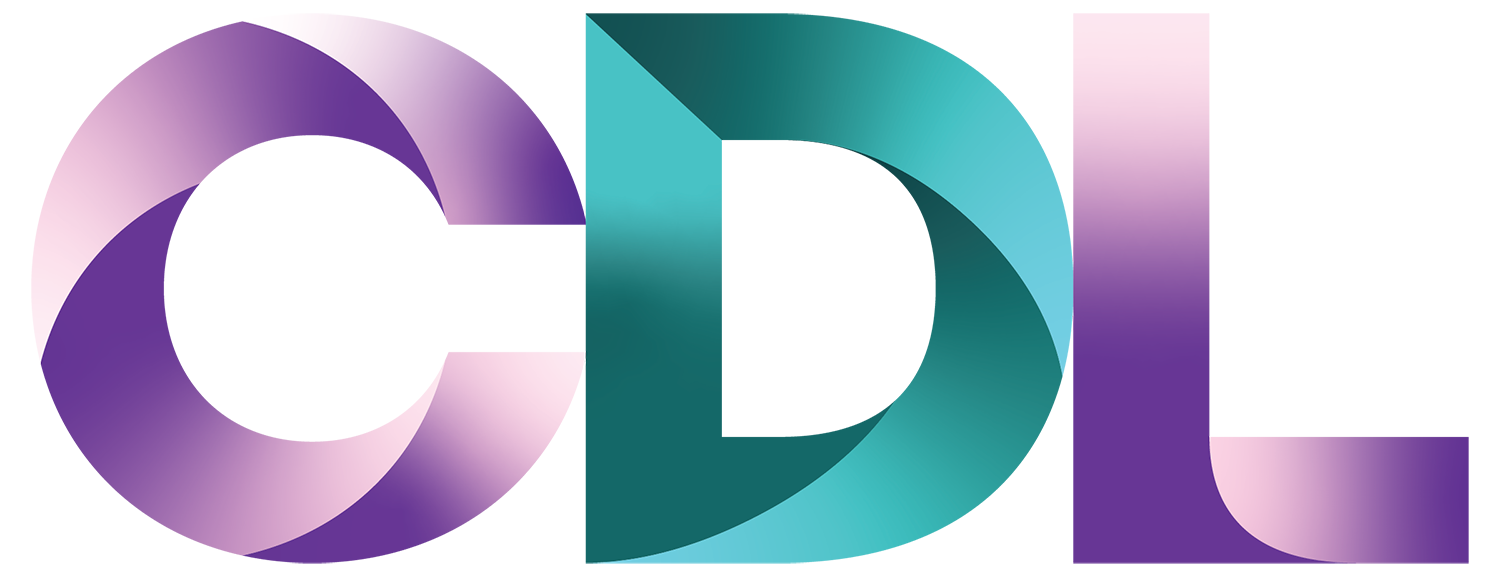Think your child might have an LD or ADHD?
Check out some of our fact sheets on learning disabilities and other common/related disorders:
If you are a student or young adult,
please view our resources here:

Some information on mental health support for kids
Black Youth Helpline: 1-833-294-8650
COAST (16+): Neuro-inclusive crisis support; 1-877-825-9011
Distress Centre Halton: (All ages) Neuro-inclusive support; 905-849-4541 (Oakville), 905-681-1488 (Burlington), 905-877-1211 (Milton/Halton Hills)
Indigenous Hope for Wellness Helpline (12+): 1-855-242-3310
Kids Help Phone (Up to age 24) Neuro-inclusive support; 1-800-668-6868 text 686868
LGBT+ Youth Line: 1-800-268-9688 (call) or 647-694-4275 (text); Online Live Chat 4:00-9:30pm
Multilingual Distress Line: 1-877-298-5444; (TTY) 905-278-4890
Languages served include: English, Cantonese, Mandarin, Portuguese, Spanish, Hindi, Punjabi and Urdu.
Naseeha Helpline (All ages): Muslim support line; 1-866-627-3342 (call) or 1-866-627-3342 (text)
ROCK: 24 hr crisis line; Neuro-inclusive support: 905-878-9785
Talk4Healing (All ages): Indigenous women’s support and resources; 1-855-554-4325
Trans Line: Trans peer support line; 1-877-565-8860
If you or someone you know is feeling suicidal, please call 911.
For further resources, please see the Where to Find Help in Halton Guide.
External Resources for LD and ADHD Support
See the Halton Diversity Resource Guide – for BIPOC in Halton for a comprehensive guide to the resources and organizations available for BIPOC in Halton.
